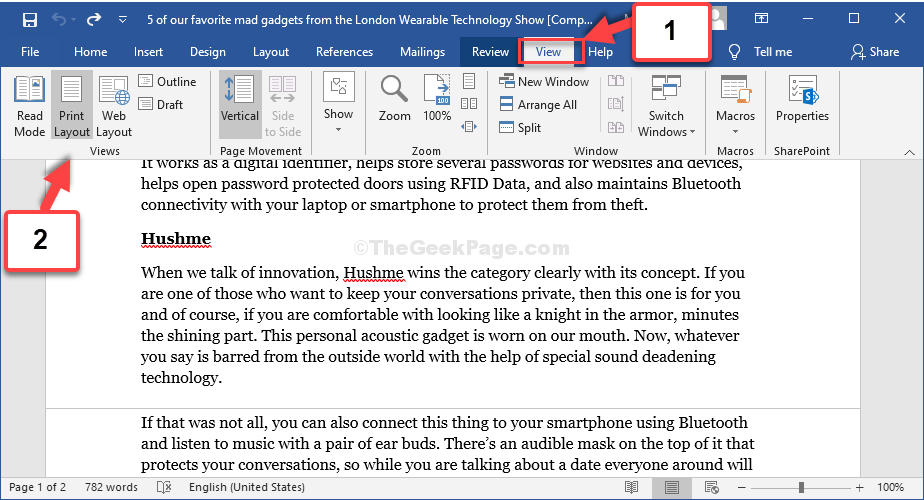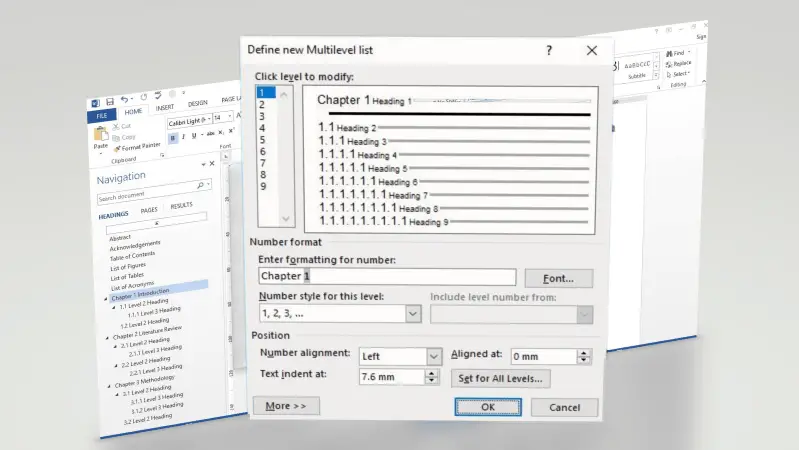


To do so, you must toggle the table to displays its underlying code instead of its results. Right now, you can't see or modify the underlying field's switches. (The Galleries heading is formatted with the Title style, so the table of contents doesn't include it.) Figure A The example file displays only one heading level in the table of contents. Our example relies on the built-in Heading 1 and Heading 2 styles. You can use other styles for your headings, but you'll have to work harder to generate a table of contents. It's important to note before we continue that Word's table of contents feature works seamlessly with Word's built-in heading styles. The simple two-page document shown in Figure A begins with a table of contents that displays only the first-level headings, even though the document contains two heading levels. Most of them, you'll never use, but it's good to know they're available. For a list of TOC field switches, see the table at the end of this article. The field identifies what it does, but switches allow you to customize the field's results. It's similar to entering a formula into an Excel cell and seeing the result of that formula rather than the formula itself. The table is the result of that field and its many options, called switches. Word's table of contents feature inserts a field code that generates the table you see. (That introductory article has instructions for Word 20, but the instructions for 2007 will be similar for 2016.) SEE: 10 all-purpose keyboard shortcuts to boost your Word efficiency (free TechRepublic PDF) A little about field codes
#Ms word heading how to#
If you don't, you might read How to insert a table of contents into a Word document first. This article assumes you know how to insert a field code. Note that this technique won't work in the browser edition. doc files or work with your own document.
#Ms word heading windows 10#
I'm using Office 365 (Word 2016) on a Windows 10 64-bit system but these instructions will work in earlier versions.



 0 kommentar(er)
0 kommentar(er)
